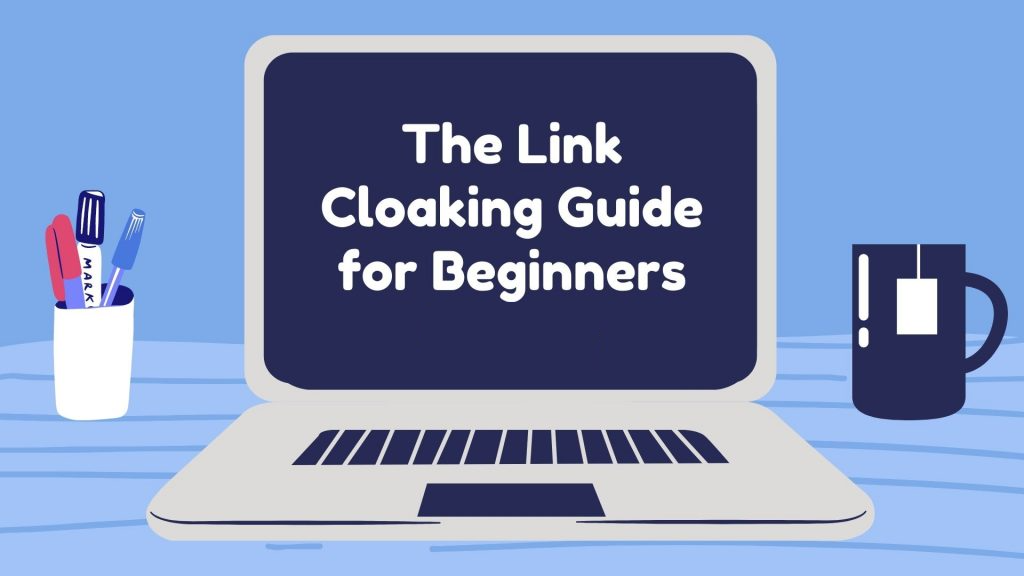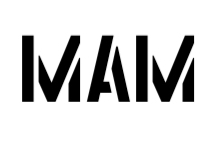
So Exactly What Do I mean by Cloakers?
A cloaker is a type of software or device that is used to conceal or hide the true identity or location of a website or IP address. It is often used for the purpose of disguising a site’s true content, such as for the purpose of tricking search engines or for bypassing geo-restrictions.
It is important to note that not all cloaking is malicious. Some website owners use cloaking to show different versions of a site to different users for a variety of legitimate reasons.

Link cloaking simply means customising a URL from its default format to a new one that would not show any trait of being an affiliate link. This technique is also known as link masking.
There are several types of cloakers, including IP cloaking, which is used to hide a website’s true IP address, and user-agent cloaking, which is used to present different content to different types of web browsers or devices.
Cloaking is often used by spammers or black-hat SEOs to manipulate search engine rankings, and it is considered to be a violation of the terms of service of most search engines. Websites that are caught using cloaking may be penalised or banned from the search engine’s index but let me remind you that it’s not illegal however your client may raise objection.
What is the difference between Link Cloaking and Link Shortening?
Link cloaking and link shortening are often used interchangeably, but they are not the same thing. While both aim to make a link shorter, they differ in their appearance and purpose.
Link shortening services like Bitly or TinyURL take a long link and redirect it to their own domain, replacing the original link with a shorter, random combination of numbers and letters. For example, the link bit.ly/3FH8kOX. The main purpose of link shortening is to make a link shorter, not more memorable.
On the other hand, link cloaking is mainly used for affiliate marketing and it’s designed to create more professional looking URLs. This technique allows website owners to present a different URL to the user while redirecting them to the original link. This technique is used to hide the affiliate link and make it less obvious.
In summary, link shortening is mainly used to shorten a link and make it less memorable, while link cloaking is used to create professional looking URLs and hide affiliate links.
Why it is Import to Cloak Your Affiliate Links?
There might be a thousand and one reasons why using a cloaker is important in affiliate marketing, however we are sharing 3 of the most important WHYs:
1. Protection of Commissions
The primary goal in the affiliate business is to earn profits, but these profits can be jeopardised when links are susceptible to malware that seeks to steal commissions by replacing affiliate links. Additionally, customers may bypass an affiliate link by directly visiting the main site, resulting in lost commissions. To safeguard against these issues, it is important to use link cloaking to conceal affiliate links from predators and bypassers.
2. Share attractive links instead of Random Shortened URL
By using a link cloaker, you have complete control over your affiliate URL, allowing you to make it as visually appealing and marketable as possible. This is preferred by Google for ranking purposes, rather than using the same old default affiliate permalink structure.
3. Tracking is sorted
In affiliate marketing, it helps to know which amongst your affiliate links is gaining more traction than the others so that you can leverage it for marketing.
If you discover that your audiences are barely clicking on your fashion product links but you have lots of clicks on health product links, then it would pay more to create more content around health products and promote them.
Using a link cloaker gives you the ability to track your links and get these valuable insights.
Post a Comment
You must be logged in to post a comment.






